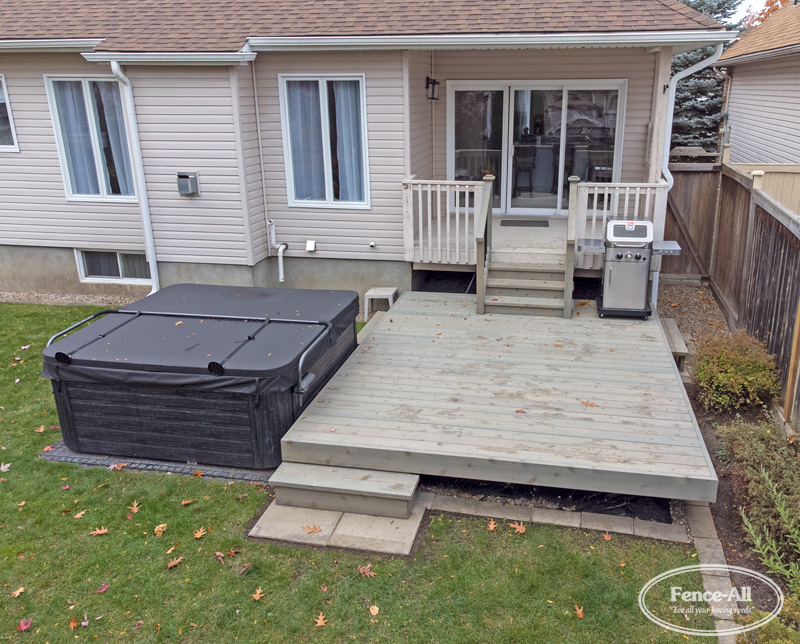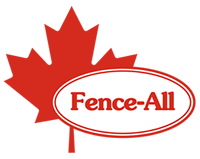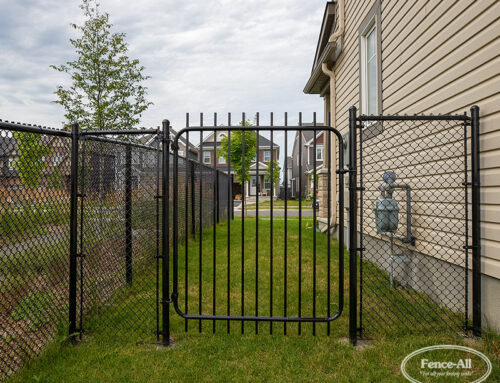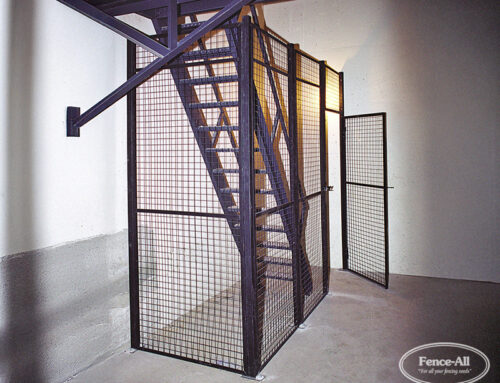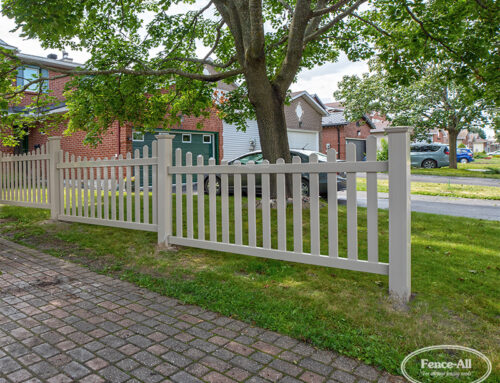Negative space—the empty or open areas around and between solid elements—plays a powerful and often underappreciated role in modern deck and fence design. Far from being just “leftover” space, it’s a deliberate design tool that enhances visual clarity, functionality, emotional impact, and even usability.
Here’s how negative space contributes to effective and contemporary outdoor design:
1. Enhances Visual Lightness and Modern Appeal
Modern design favors clean lines, openness, and minimalism. By strategically incorporating negative space—such as open slats, spaced pickets, or floating steps—a deck or fence can appear:
- Lighter and less bulky
- More refined and architectural
- In harmony with the surrounding landscape
Example: A horizontal semi-privacy fence creates rhythm and transparency without sacrificing privacy entirely.

Ashton fences make great semi-privacy screens
2. Provides Psychological Breathing Room
Negative space in fencing or deck railings helps avoid feelings of enclosure or confinement, especially in smaller yards or urban settings. It allows:
- Sightlines to extend beyond the immediate space
- A sense of openness while still defining boundaries
This makes the area feel larger and more inviting, which is especially important in densely populated areas.
3. Balances Privacy and Transparency
Instead of solid barriers, modern designs often balance solids with voids to allow:
- Partial visibility (e.g., for front yard fencing or pool enclosures)
- Filtered light and airflow
- A feeling of connection rather than isolation
Example: A louvered privacy screen or cable railing allows airflow and filtered views while maintaining boundaries.
4. Adds Functional Versatility
Negative space can be used as a feature, not just a visual trick:
- Built-in gaps under benches or planters allow drainage and easy cleaning
- Openings in a deck structure might frame a view or align with a sun path
- Gaps between fence posts can act as planting pockets or shelving space
5. Creates Contrast and Focus
Negative space allows solid elements—like bold posts, textured wood grain, or architectural features—to stand out. It acts like the white space in a magazine layout: not blank, but essential for directing the eye and emphasizing focal points.
6. Improves Accessibility and Wayfinding
For users with limited mobility or vision, carefully considered negative space can:
- Clarify pathways
- Create visual and tactile landmarks
- Avoid clutter that might pose a trip or navigation hazard
Final Thought:
Negative space isn’t about removing material—it’s about adding meaning. In the hands of a thoughtful designer, it turns a fence or deck from a functional object into a crafted experience—spatial, visual, and even emotional.
Would you like this turned into a blog post with examples or images?
More Questions? We’re Here to Help.
If you’re designing a fence or want help choosing the best model for your space, give us a call at 613-736-1122. Our team is happy to walk you through your options and help make your outdoor space inclusive and secure.

